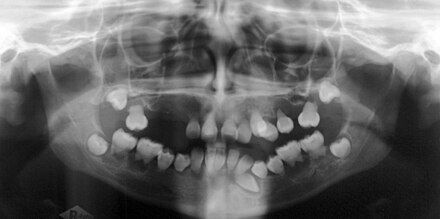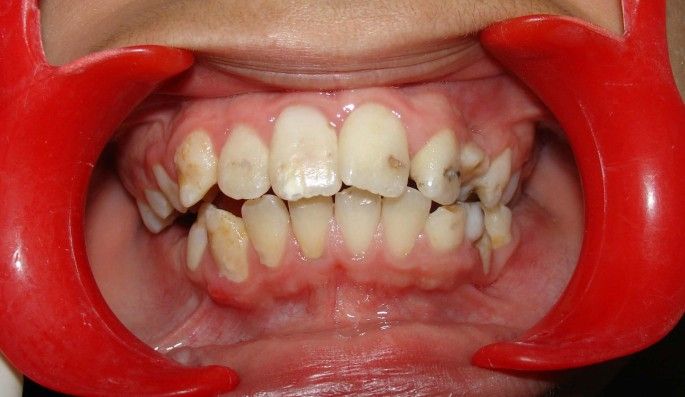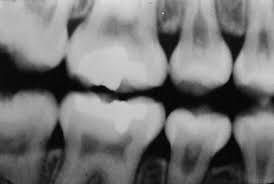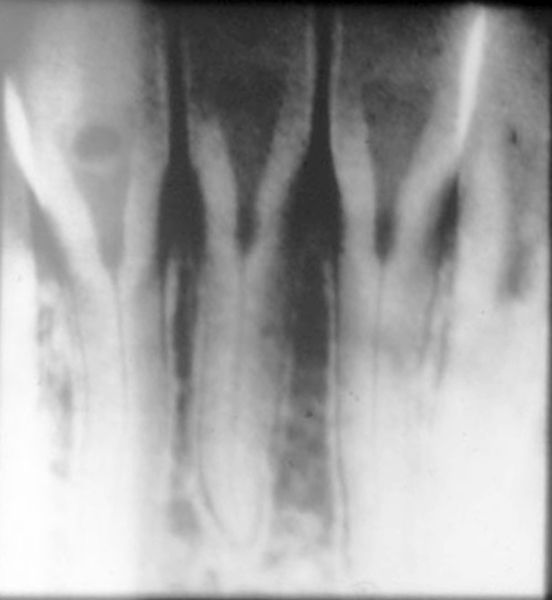In 1920s, dentinal dysplasia was first described. Due to its compromised root formation, it is also referred to as 'rootless teeth' as an alternative nomenclature though the root is present.
This dental anomaly is an autosomal dominant character with both dentitions being affected. The teeth may be clinically healthy and good but root formation is abnormal to some varying degrees.
For instance,some teeth may have extremely short blunt roots, others taper markedly and significantly towards the apex.
The pulp is partially obliterated, appearing in the molar teeth as a small mixed pulp-dentinal complex. Under the microscopic view the coronal dentine is normal but the radicular dentine is not, with masses of abnormal dentine obliterating and diffusing the pulp space.
The microscopic appearance has been viewed as boulders in a flowing stream. The short roots may lead to healthy issues and abnormalities because of mobility and this may lead to the condition being identified as dentinal dysplasia.
The description with root deficiency is often referred to as dentinal dysplasia type I to distinguish it from a condition referred to by some clinician as dentinal dysplasia type II otherwise called coronal dentinal dysplasia.
The latter is most possibly a representative allele variant of dentinogenesis imperfecta as genetic linkage researches and reports have shown it to map to the same region coding for chromosome 4 as dentinogenesis imperfecta and a mutation in the DSPP gene has also been observed in one family during diagnosis of dentinal dysplasia type II.
However, it has not been proven beyond reasonable doubts that dentinal dysplasia (type I) is also allelic to dentinogenesis imperfecta like in type II dentinal dysplasia.
That's all as regards the write-up on dentinal dysplasia at least for now. More would be greatly reviewed on genetically related dental anomalies in the subsequent posts. Thanks for the usual support and attention given to the lectures till the concluding part of the post and happy blogging.
Happy Blogging and Reading
Video from Easy dentistry YouTuber




Telegram and Whatsapp